OHL Prehistory
or, "Wait, Ingersoll had a team?"
1933-45

Artificial ice for skating had been invented all the way back in the 1870's, but the technology was finicky and could not reliably be used on a large scale basis until the early twentieth century. The first purpose-built artificial ice arena in Canada was Denman Arena in Vancouver, which opened in 1911 - earlier buildings like Winnipeg's Shea's Amphitheatre would later be converted from natural to artificial.
Ontario's first purpose-built artificial ice indoor arena, Toronto's Mutual Street Arena, was built in 1912, and it helped launch a boom age of arena construction in Ontario, which was necessarily interrupted by the First World War. By the end of the 1920's, nearly every community in Canada had an artificial ice rink. Contemporary survivors of that original age of arena construction in Ontario include Windsor Arena, Stratford Arena, and the Galt Arena Gardens, as well as two buildings listed below.
Junior hockey has been played in Ontario for well over a century, but at first, there was no firm division between different levels of play. "Junior" was any hockey played by players between ages 16 and 19, and leagues throughout the country were loosely organized, if at all, by region. The Memorial Cup was first awarded in 1919, but early tournaments were unwieldy in terms of their organization, and vast discrepancies in level of play between different parts of the country led to calls for the governing body to take action. In 1933, the forerunner of Hockey Canada did just that. Junior hockey was divided that year into junior "A" and "B", a division that continues to this day.
As a result of that reorganization, Junior A - the top level and forerunner to today's Major Junior - was organized into eight leagues of equal stature - BC, Alberta, Saskatchewan, Manitoba, Northern Ontario, (Southern) Ontario, Quebec and the Maritimes. These leagues all still exist in some form or other today, from Provincial Junior A in Ontario to the BCHL or SJHL in the west.
For playoffs, the Southern Ontario champion faced off against the Northern Ontario champion, while the Quebec and Atlantic champions would compete against each other. The winners of those series would then face off in a seven game series for the George Richardson Memorial Trophy. The winner of that would then contest the Memorial Cup against the winner of the Abbott Cup, a comparable four-league playoff between the BC, Alberta, Saskatchewan and Manitoba junior leagues. This organization of junior hockey formed the bedrock of the junior game in Canada, lasting until 1971.
A quick look at the 1933-34 OHA standings shows teams in towns as small as Ingersoll and Paris, Ontario - that year was a transition year between the previous free-for-all organization of hockey and the more rigid division that was to follow. You'd also notice in looking at those standings that some teams played twelve games that year and some played only six, and the St. Michael's Majors won something called the "OHA Grand Championship" by beating their own Junior B team. While 1933-34 was the first year of what would eventually become the OHL, it wasn't until the following year that the future pattern of OHL hockey was established - a closed league with teams that played only each other, leading to the J. Ross Robertson Cup.
The period between 1933 and 1945 had teams arriving and fading into the ether on a yearly basis, in addition to several clubs which remained ever-present. There were always a huge number of teams in Toronto, nearly all of which played at Maple Leaf Gardens, plus there were also teams in many cities across Ontario. Many arenas from this period remained standing and in use for junior hockey well into the modern era, and teams that existed between 1933-45 in Stratford, Hamilton, St. Catharines, Windsor, Galt, Barrie, and Oshawa all played exactly where you'd think.
However, there were also OHA teams during the league's formative years that played in arenas that were never used after the war, and information about those buildings has never been collated and published all in one place to the best of my knowledge, until now. Presented jointly in conjunction with @OHL_History, here are the arenas of the OHL, 1933-45:
Arctic Arena
330 West St. Brantford, Ontario
Home of the Brantford Lions
Built 1926
Demolished 1968

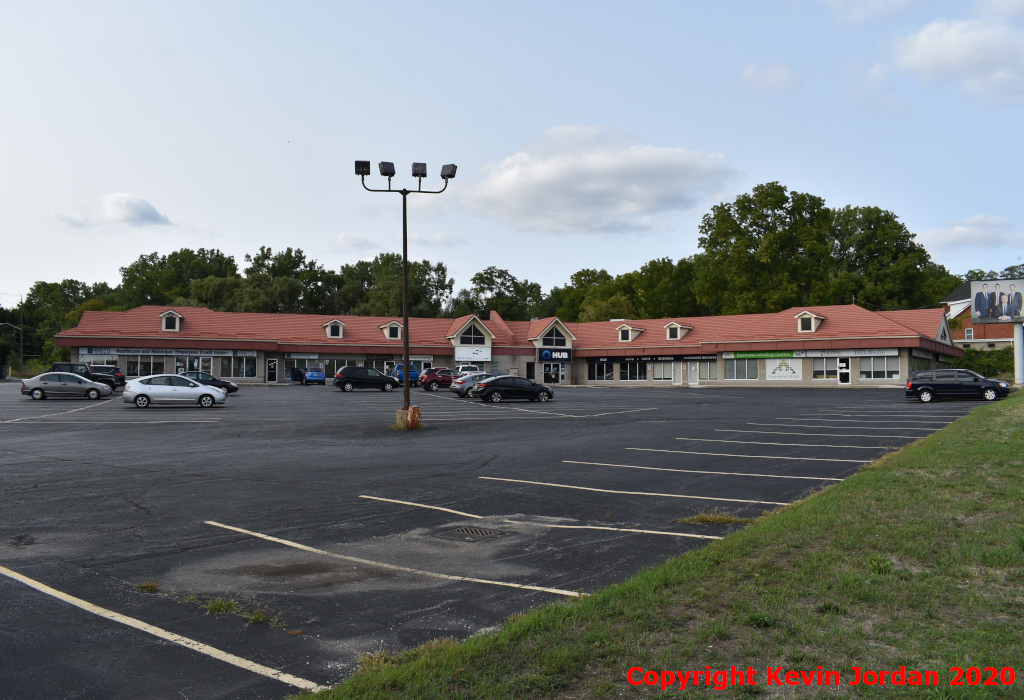
The Arctic Ice Company once had a factory at 300 West St. in Brantford, and the factory owner, A.E. Cooper, hired architect Frederick C. Bodley to design a 4,000-seat indoor arena next door, for which the Arctic Ice Company naturally would supply the ice. Arctic Arena, which opened in 1926, served Brantford as a privately-owned facility for thirty-four years. In 1960, decades of poor maintenance of the arena resulted in the building being condemned as unsafe! However, with no other indoor ice surface in town, the city was forced to buy the building, repairing the old rink and pressing it back into service while two new arenas were waiting be opened with Centennial Project money from the federal government. The Brantford Civic Centre and North Park Arena both opened in 1967, and Arctic Arena staggered along through the 1967-68 hockey season before being demolished shortly after the conclusion of that winter. Today a strip plaza occupies the arena site, while the former factory grounds are covered by a residential subdivision.
Cambridge Ice Palace, aka Mason's Arena
10 Paisley Rd. Guelph, Ontario
Home of the Guelph Biltmore Mad Hatters
Built 1919
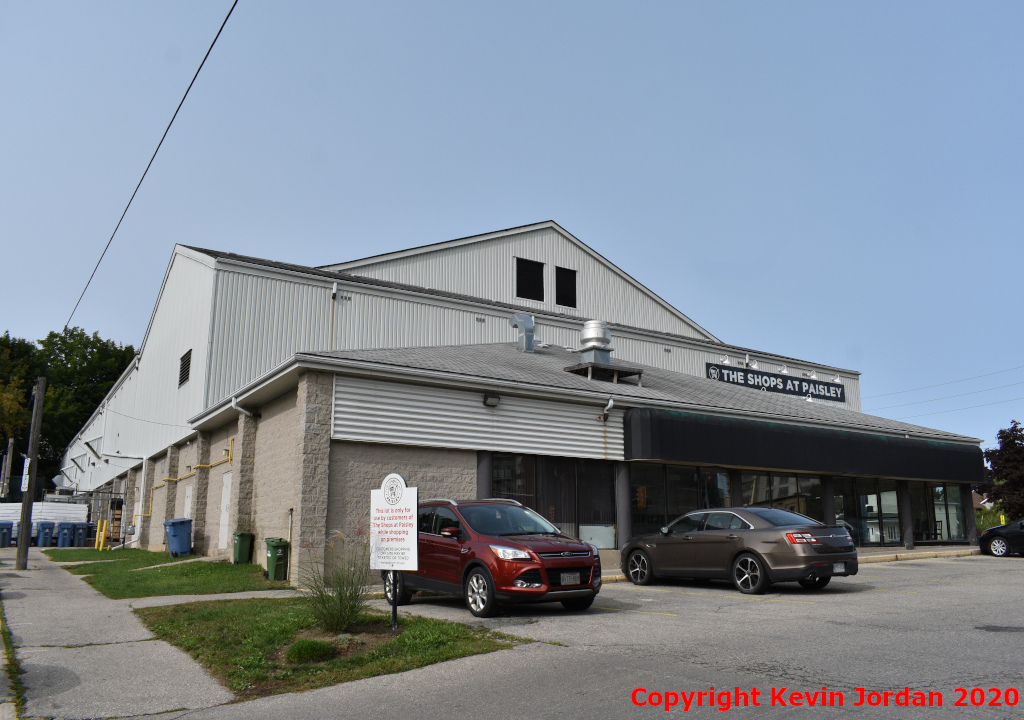
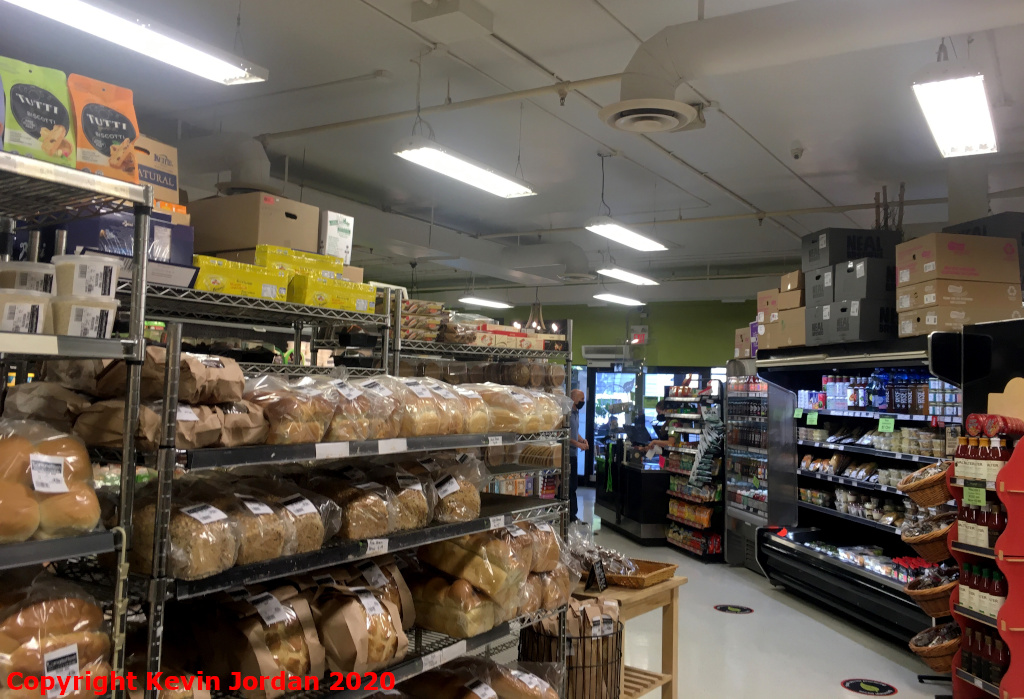
The Cambridge Ice Palace, also known as Mason's Arena after its owner, was home to the original Guelph Biltmore Mad Hatters. The name of the building was slightly odd for an arena not located in Cambridge, but the name came from Cambridge St., which used to run along the arena's flank to Paisley Road. Cambridge St. was closed between Paisley and Dublin when Central Public School was built over the former roadway. Guelph Memorial Gardens opened as a publicly-owned arena to replace the privately-held old Ice Palace in 1948, but the building, incredibly, still stands. Today it exists as "The Shops at Paisley", which consists of an organic grocery store, a toy store, and a book store. Disappointingly, the grocery store has a low acoustic tile drop ceiling, so if there's any sign of the original arena hiding up in the rafters, it's not publicly visible.
After waiting over a year from originally completing all this research, I finally was able to speak to someone connected with the building who confirmed that as far as he knows, all traces of the original arena are gone. The empty space is uninsulated, so it's hot in summer and frigid in winter, and is only used for storage and HVAC purposes. The building's owner has apparently discussed converting the second storey into office space at some point in the future, but to date nothing has been done.
Charles St. Arena
45 Charles St. E. Ingersoll, Ontario
Home of the Ingersoll Hockey Club
Built 1912
Burned Down 1955
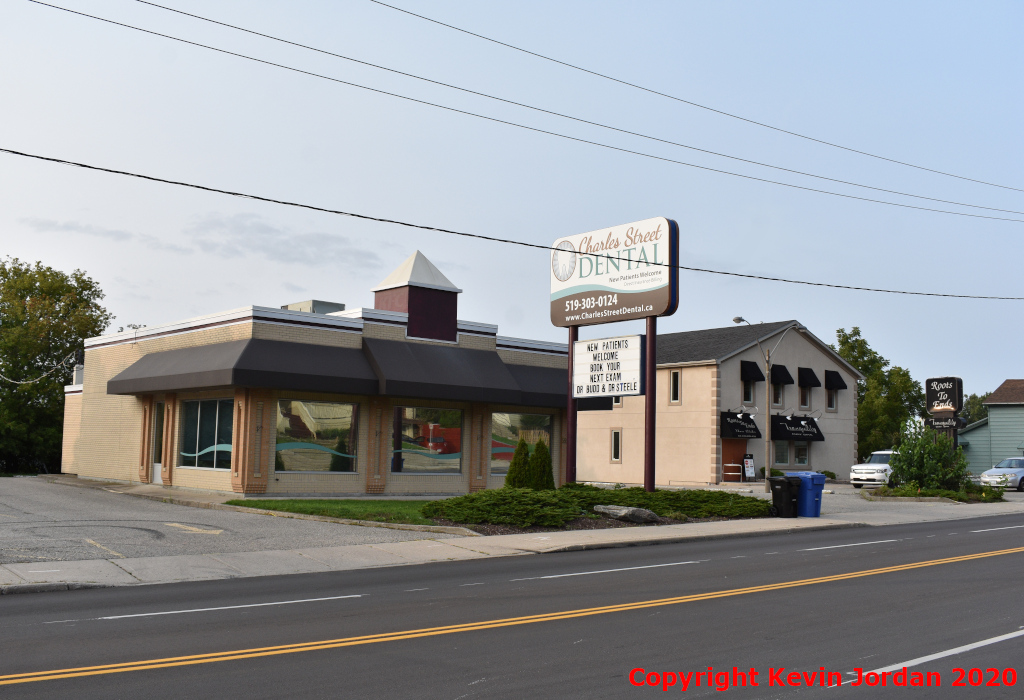
Tiny Ingersoll had a junior A team for only one season, 1933-34. The team played at the Charles Street Arena, which opened in 1912 and burned down on December 10, 1955. The arena was located on the northeast corner of Charles Street at Mill St, the latter of which used to extend one block further north to St. Andrew along the arena's flank. On the site of the arena, there stands today a dental office and a day spa.
Berlin Auditorium, aka Queen St. Auditorium
77 Queen St. S. Kitchener, Ontario
Home of the Kitchener Greenshirts
Built 1904
Burned Down 1948
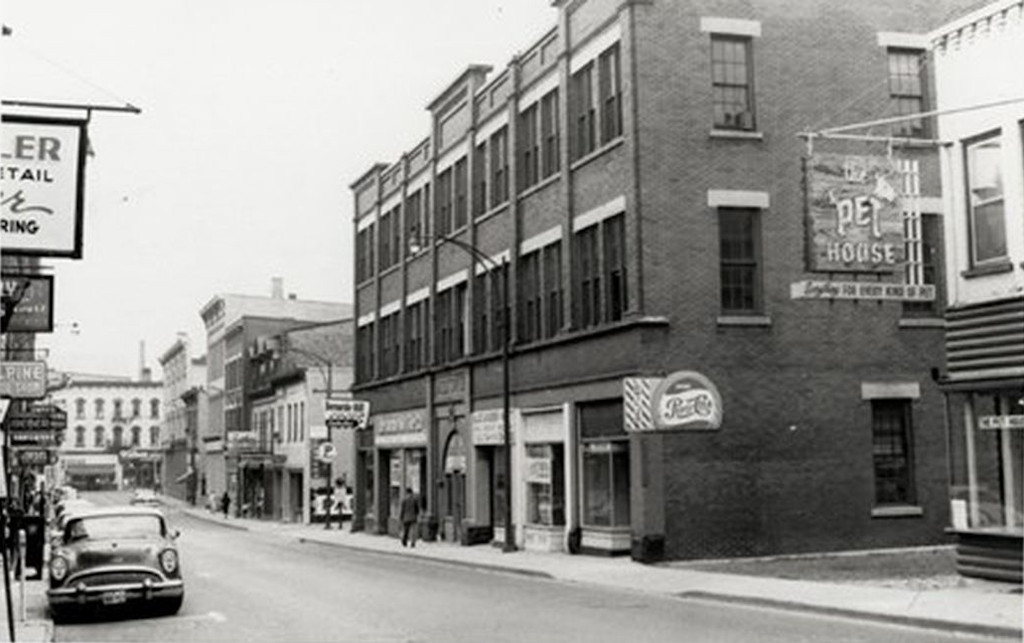
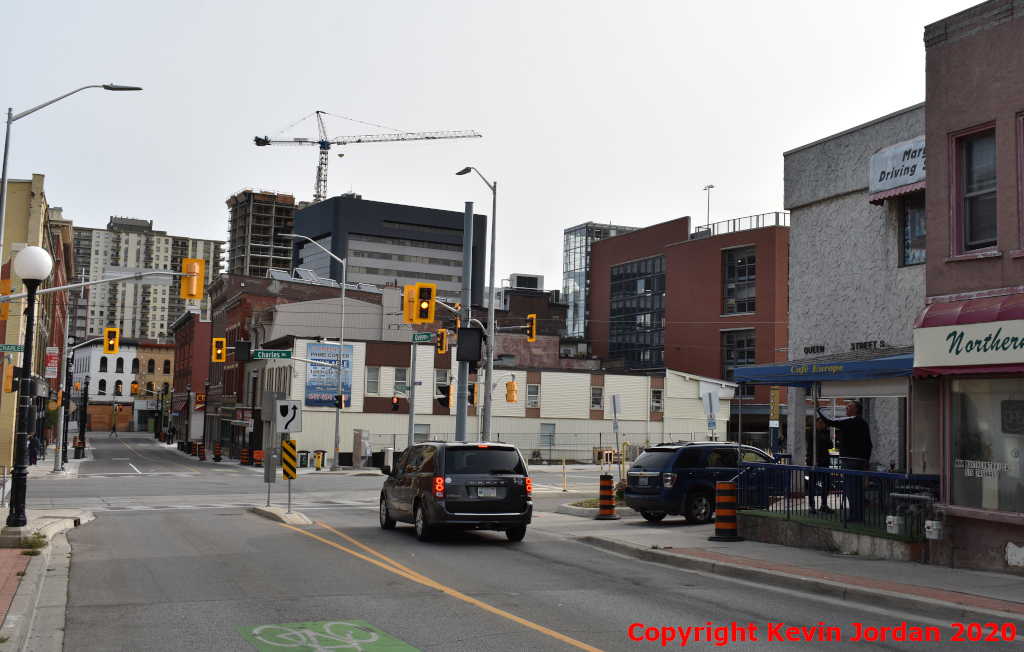
The Berlin Auditorium was an 8,000 seat arena which opened all the way back in 1904. It served the city as both hockey arena and concert venue diligently for nearly fifty years. On January 10, 1948, the building burned down in a fire later traced to a carelessly disposed-of cigarette following a concert by the Johnny Downs Orchestra, and by the time the fire was extinguished, the arena was flattened. A three-storey brick facade that acted as entryway to the arena as well as being home to many small local businesses survived, but with so much fire damage that the entire thing was demolished. The vacant land was used as a parking lot by the city until 1960, when Charles St. was extended westward (it used to dead-end at Queen St.) Today, the site is occupied by Charles St., a light rail station, and an incongruously modernist shopping plaza. Kitchener Memorial Auditorium was built in 1951 in direct response to the fire that destroyed the previous Aud.
London Arena
65 Bathurst St. London, Ontario
Home of the London Hockey Club
Built 1923
Demolished 1977
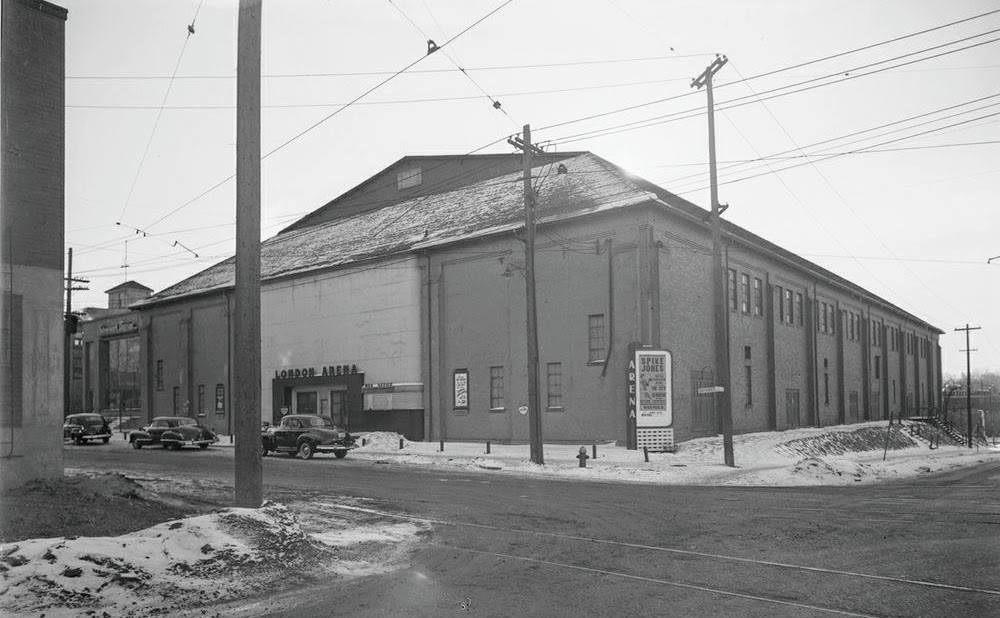
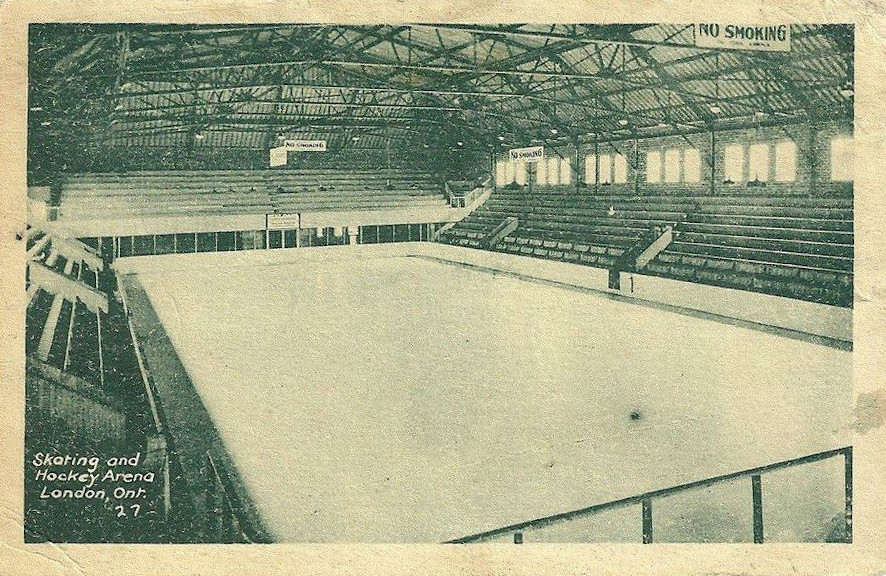
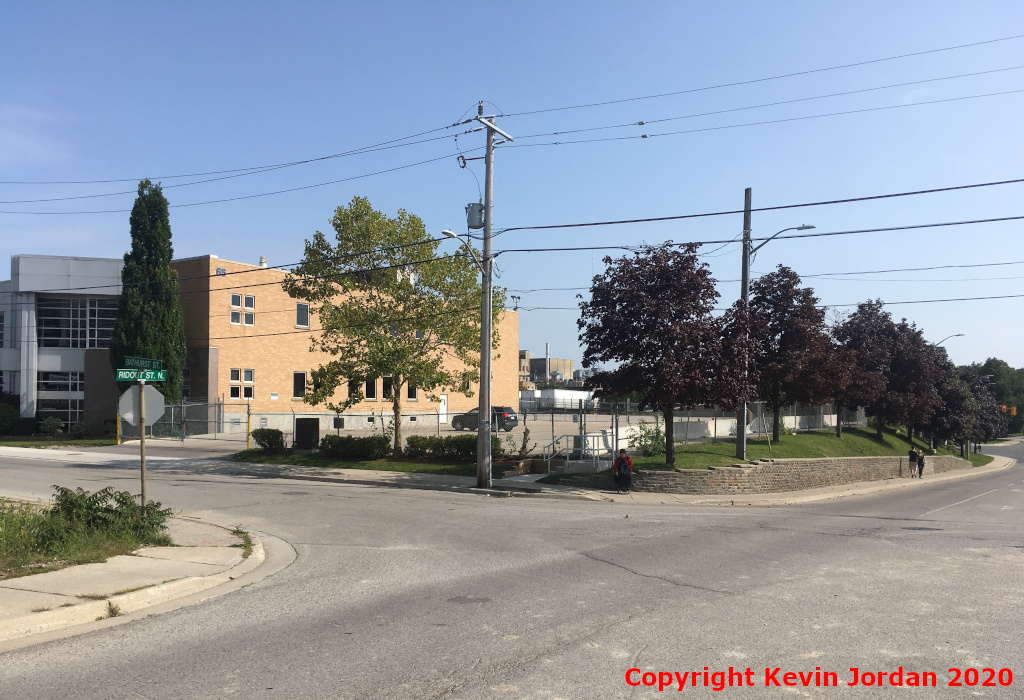
London Arena opened in December 1923 and was London's first artificial indoor ice arena and the second in total, replacing the 1890's-vintage Princess Rink at 305 Queens Ave. (later the site of London Public Library's Central Branch). In a major junior sense, the building was only used for one season, in 1933-34, at which point London went back to Junior B, and the city began a thirty-one year wait for the return of the top level of junior hockey. The arena was the main home of hockey in London until 1963, when the London Gardens opened on the southern fringe of the city. Once London Gardens opened, London Arena was converted into a concert and roller-skating rink, and remained open until 1977, at which point the Silverwood Dairy next door bought the land to expand its parking lot. In the 1990's, the old dairy was demolished, and a new one built partially over the old arena footprint. It's currently operated by the Italian dairy conglomerate Parmalat. The foundation of the arena was never demolished, just paved over, and consequently it is still visible to this day. You can see it emerging from the slight grassy slope on the east side of Ridout Street.
Victoria Avenue Arena
5851 Victoria Ave. Niagara Falls, Ontario
Home of the Niagara Falls Hockey Club
Built 1924
Demolished 1961
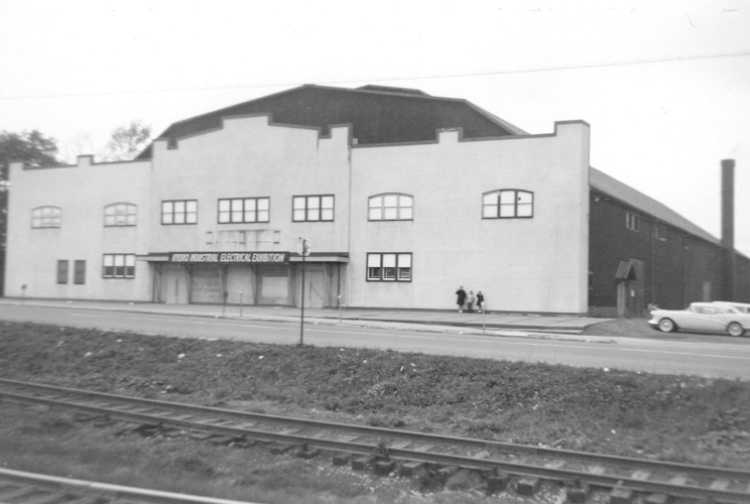
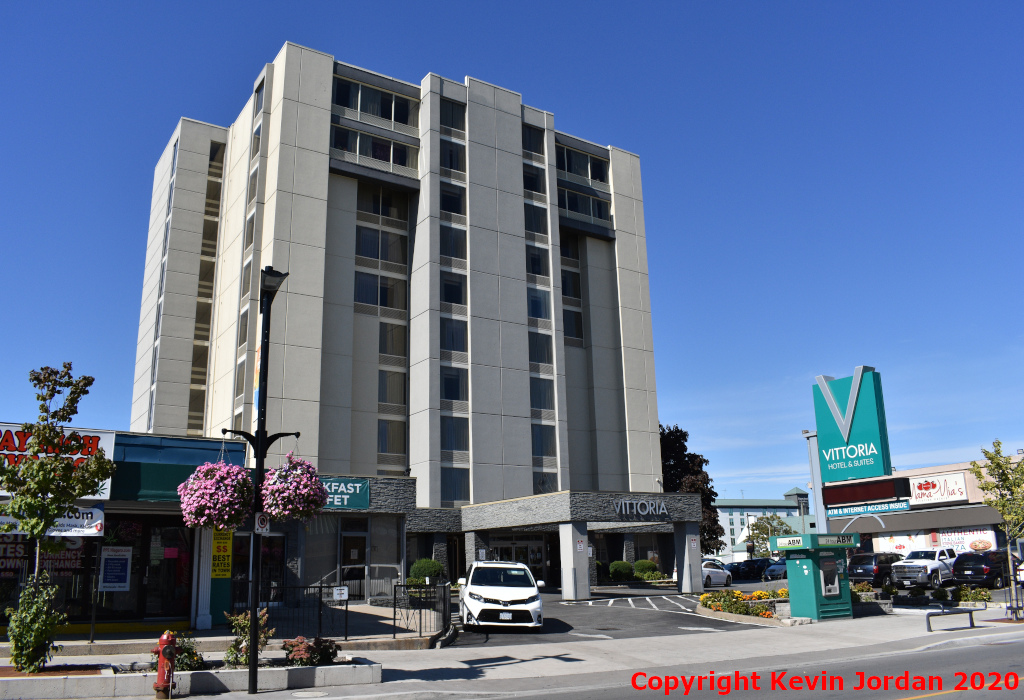
In the historic OHA standings from before the war, the city of Niagara Falls only appears once. A Niagara Falls team apparently contested the 1935-36 season, and while even the team's nickname is unknown to us, the only suitable arena in the city at that time was the 4,000 seat Victoria Avenue Arena. The Niagara Falls Memorial Arena opened in 1950, and by 1958 the Victoria Avenue Arena had been sold to the Canadian Army for use as an Army Reserve training centre. It had been renamed at that point to the General Brock Armouries. The building was demolished in 1961, and the next year a motel, called the Imperial, had opened on site. The old Imperial Motel was replaced by a new one in 1989, and today it is called the Vittoria Inn & Suites. The arena site is now in the middle of a heavily touristed strip at the top of Clifton Hill, surrounded by cheap souvenir stores and fast food joints. It's nearly inconceivable that a hockey arena ever stood on such a site.
Paris Arena
51 William St. Paris, Ontario
Home of the Paris Hockey Club
Built 1922

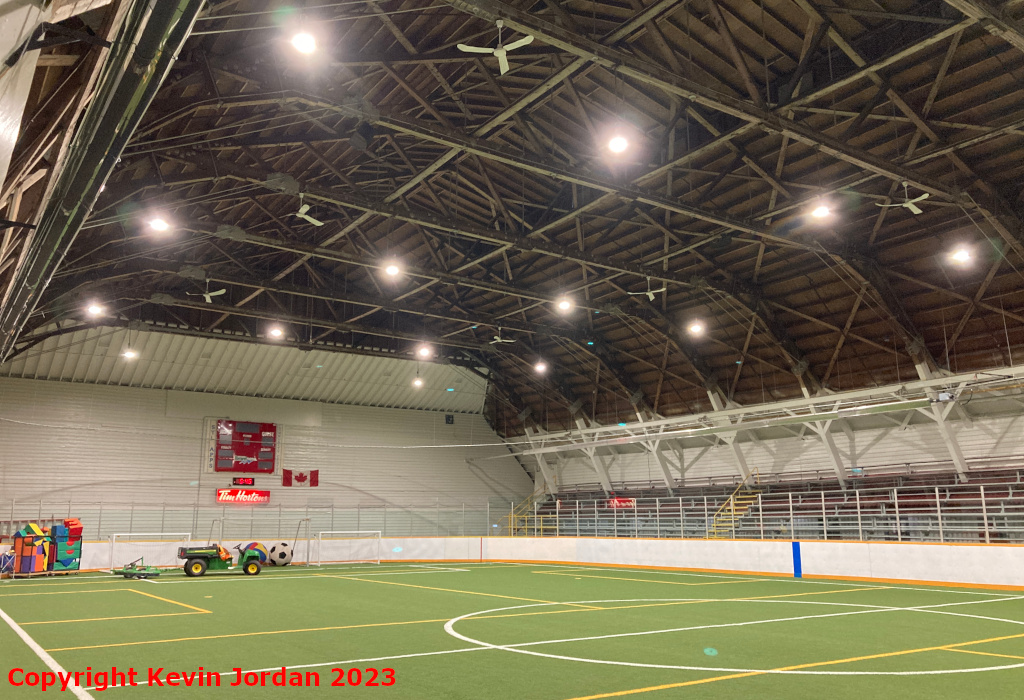
You'd never know it from the 1970's facade, but Paris Arena, now known as the Syl Apps Community Centre, is one of the oldest in Ontario. Paris only had major junior hockey for one season, 1933-34, but the arena is still going strong past its centenary. The arena hasn't had ice in it since 2009, but it is still open as an indoor soccer and lacrosse facility, with permanent astroturf on the arena floor.
It took me three years and five attempts to finally get to see the arena interior, but man, is it ever worth it. The entire arena structure is wood, with an impossibly high ceiling that reminded me of a zeppelin hangar. There's only wooden bench seating on one side of the arena, and it's nearly impossible to fathom that such an antiquated museum piece still exists. The 1970's lobby notwithstanding, this is a hidden gem in southwestern Ontario and well worth dropping in to see if you're ever in the area.
Port Colborne Athletic Club
503 Elm St., Port Colborne, Ontario
Home of the Port Colborne Recreationists
Built 1932
Demolished Unknown (Between 1967-70)
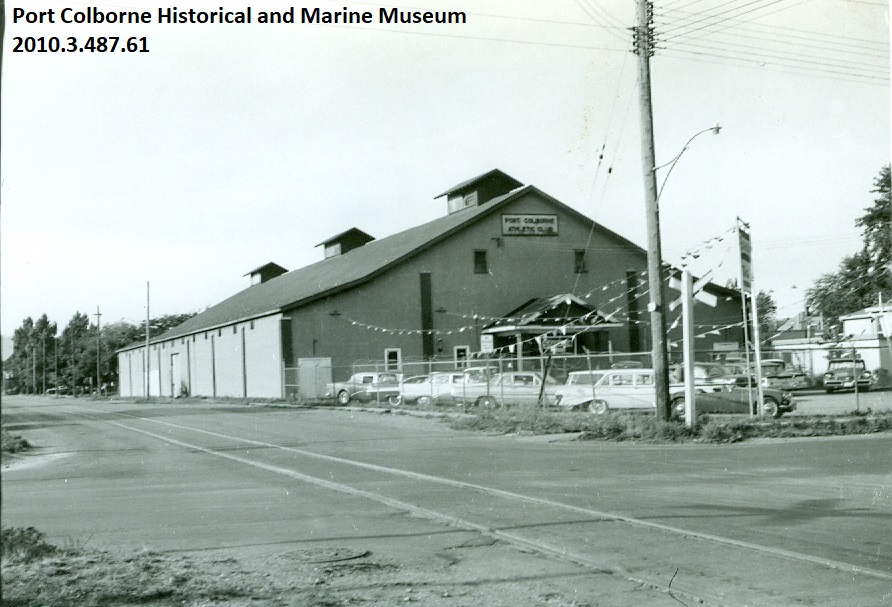
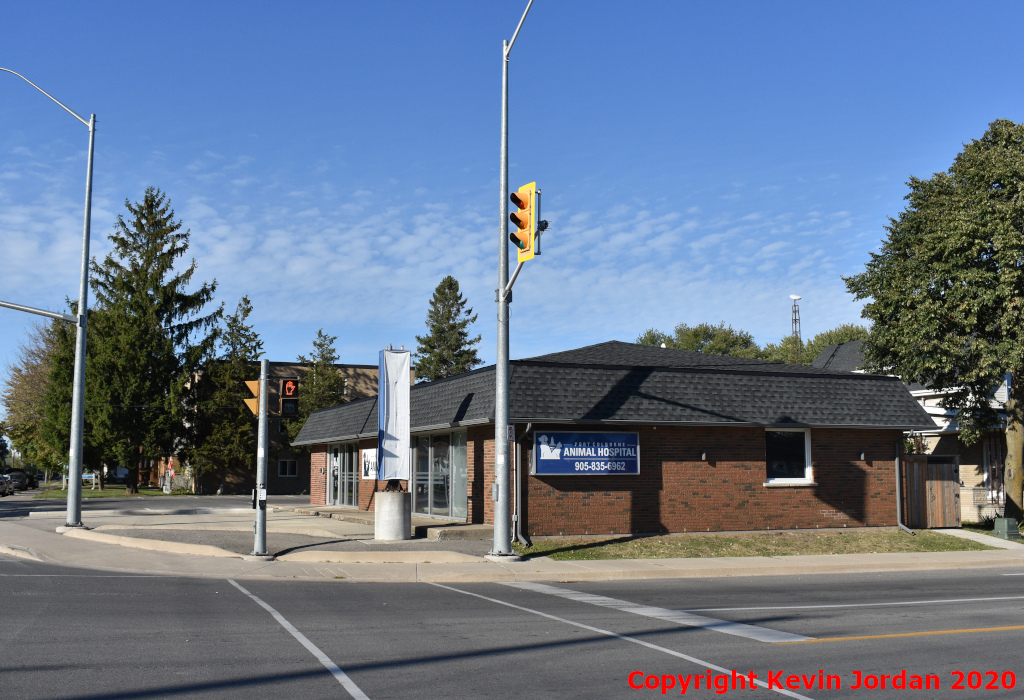
The northeast corner of Elm and Killaly Streets in Port Colborne had hockey arenas on the site as far back as 1898, but previous buildings burned down (1909) and suffered a roof collapse under heavy snow load (1927). The third Port Colborne Athletic Club was a 2,200 seat arena that opened in 1932, and was home to Port Colborne teams in the OHA for three separate seasons - 1935-36, 1943-44 and 1944-45. The privately-owned arena was replaced by the publicly-funded Humberstone Arena in 1960, and the Athletic Club closed at that time. As of 1964 the building was being used to store used cars, and according to researchers at the Port Colborne Historical & Marine Museum, the Athletic Club was demolished "sometime between 1967 and 1970." The site today is occupied by three-storey walk-up apartments and the parking lot of the Port Colborne Animal Hospital, which itself stands in what was once the arena's parking lot. The above historic photo is courtesy of the Port Colborne Historical & Marine Museum and is used with permission.
Varsity Arena
299 Bloor St. W. Toronto, Ontario
Home of the University of Toronto Varsity Blues
Built 1926
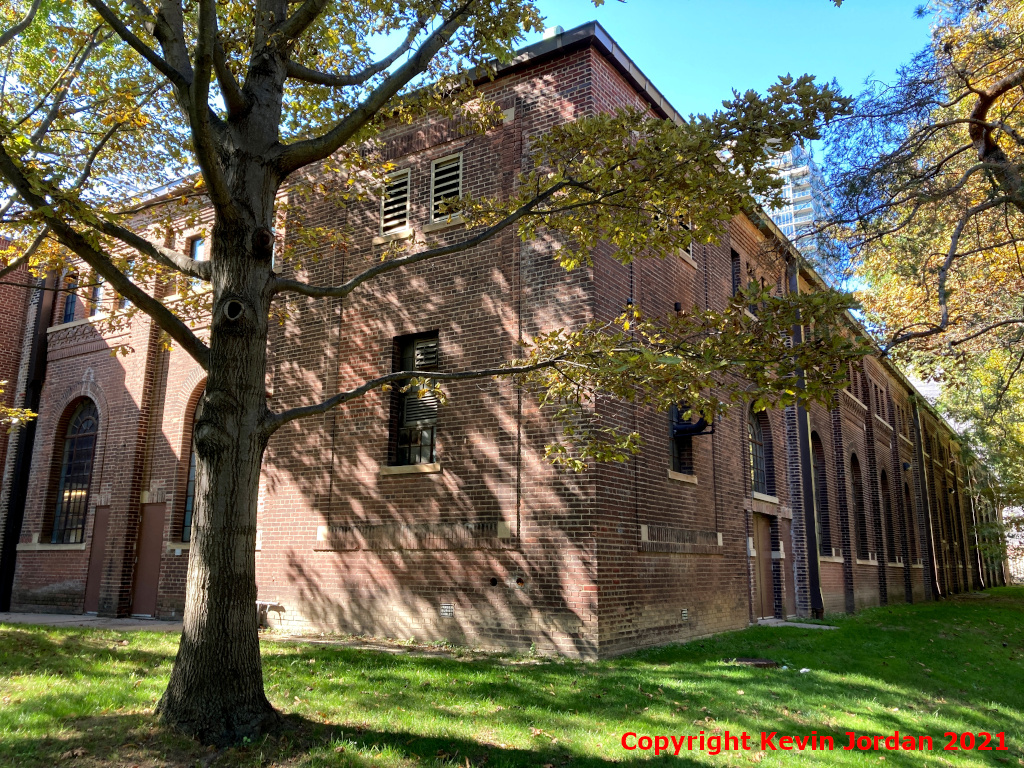
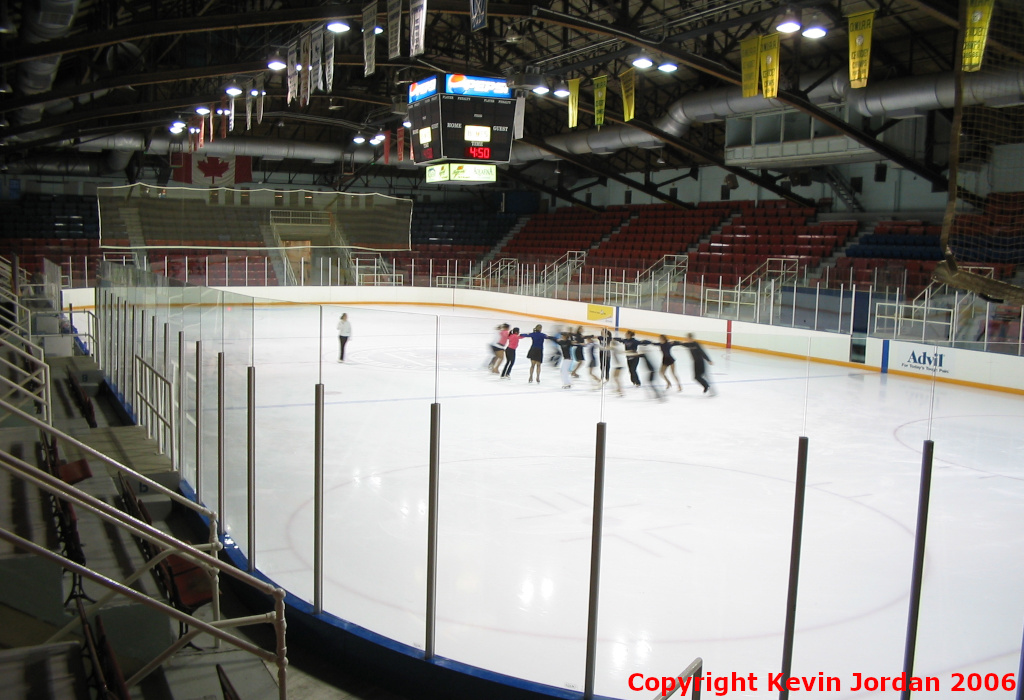
The only arena on this list still open and hosting hockey, Varsity Arena was then, and still is, home to the University of Toronto Varsity Blues hockey teams. The weird bit is that a university ever played junior hockey in the first place, but hey, it was a different time. Varsity Arena is gorgeous, a red brick building in the heart of U of T's downtown campus, nestled between the music building and the football stadium in a leafy grove, and well worth checking out if you're ever in the area. The original facade has been covered up by a Zamboni garage added in the 1970's, but the interior of the building is in wonderful, original shape, and could easily still host junior hockey today if it were ever needed.
Mutual Street Arena
60 Mutual St. Toronto, Ontario
Home of the West Toronto Nationals
Built 1912
Demolished 1989
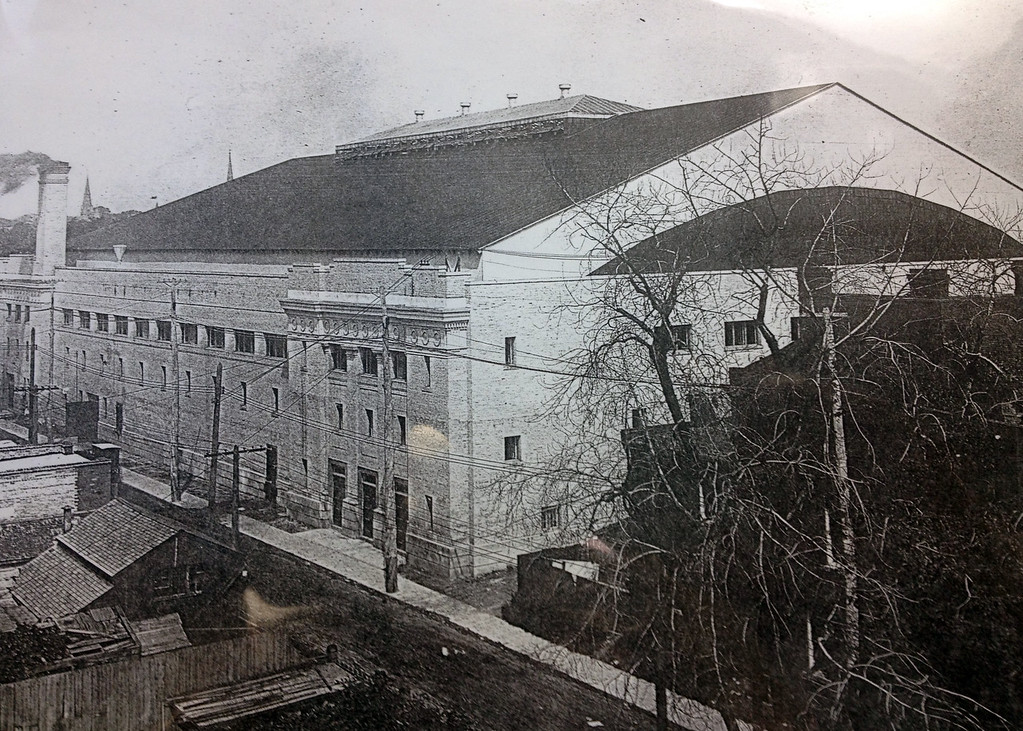
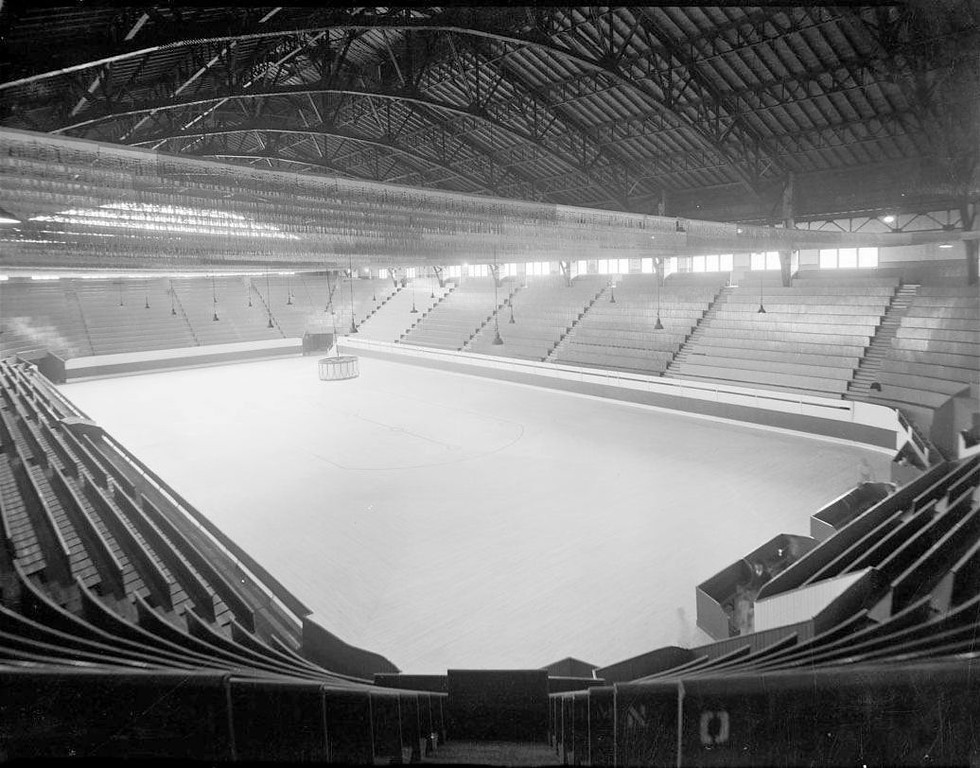
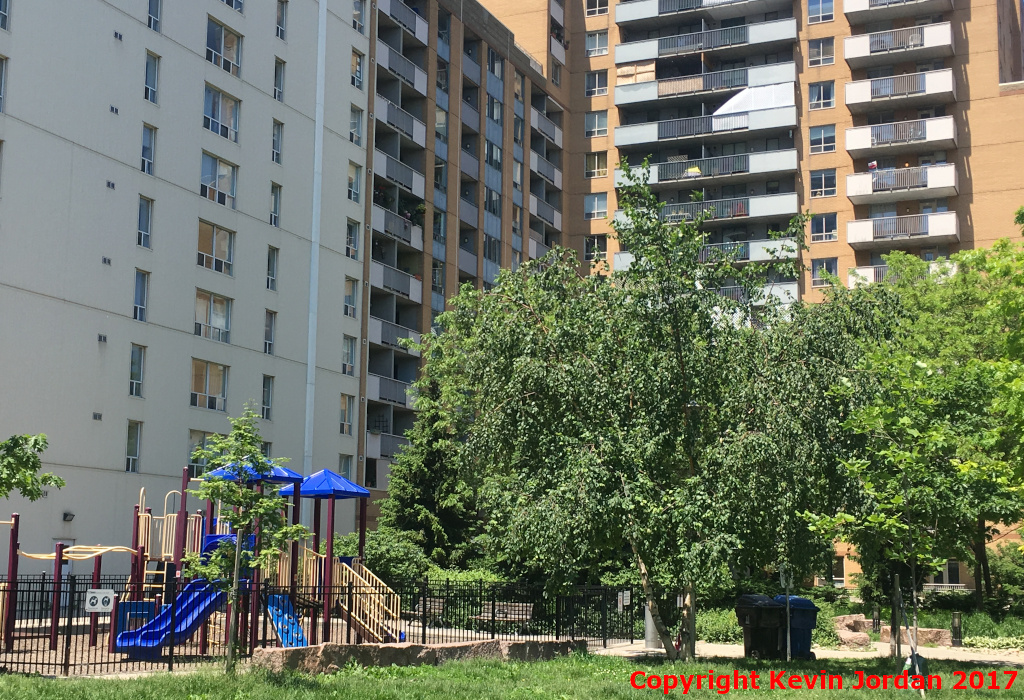
Mutual Street Arena was the first artificial indoor ice arena in Ontario, built in 1912 under the name "Arena Gardens". It hosted the Toronto Maple Leafs and their forerunner teams through the 1910's and 1920's, but with a mere 8,000 capacity, the arena couldn't compete with newer, much larger arenas in the other five NHL cities, and so Conn Smythe built Maple Leaf Gardens a few blocks away. Redundant a mere twenty years after opening, the building nonetheless chugged along as a concert, trade show, boxing, curling and roller skating venue, hoovering up any events that either couldn't sell out or afford the larger arena. The arena finally was demolished in April 1989, and a public park was built on site. In 2011, the park was renamed Arena Gardens after the long-gone arena.
Perry St. Arena
15 Perry St. Woodstock, Ontario
Home of the Woodstock Hockey Club
Built 1914
Demolished 1996
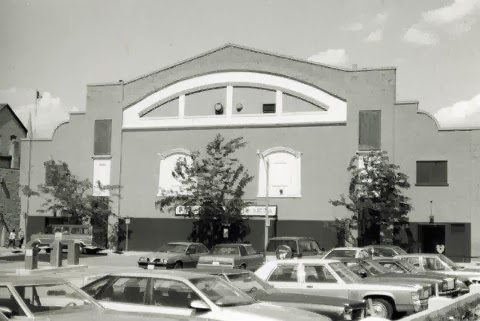
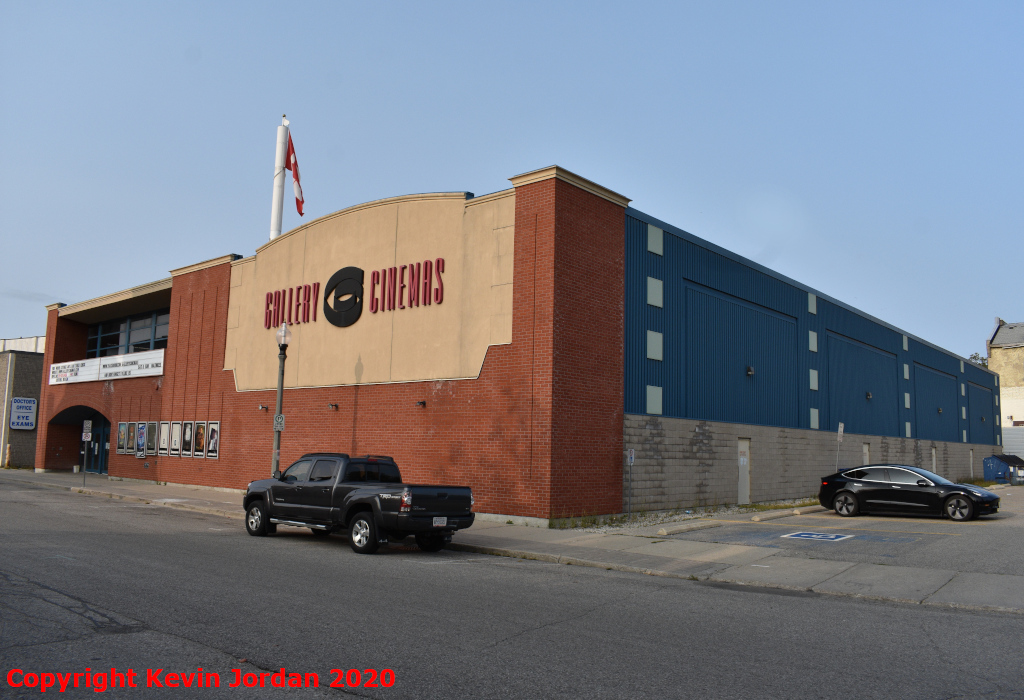
The Perry Street Arena in Woodstock was the oldest in Canada when it was demolished in 1996, and while I never personally made it there as a child, I do have to say that in retrospect they should have saved it. Junior A only played one season, 1933-34, in Woodstock. The site is currently occupied by the Gallery Cinemas movie theatre.
Copyright © OHL Arena Guide, 2002-23.
All rights reserved.
Last Revised: October 19, 2023